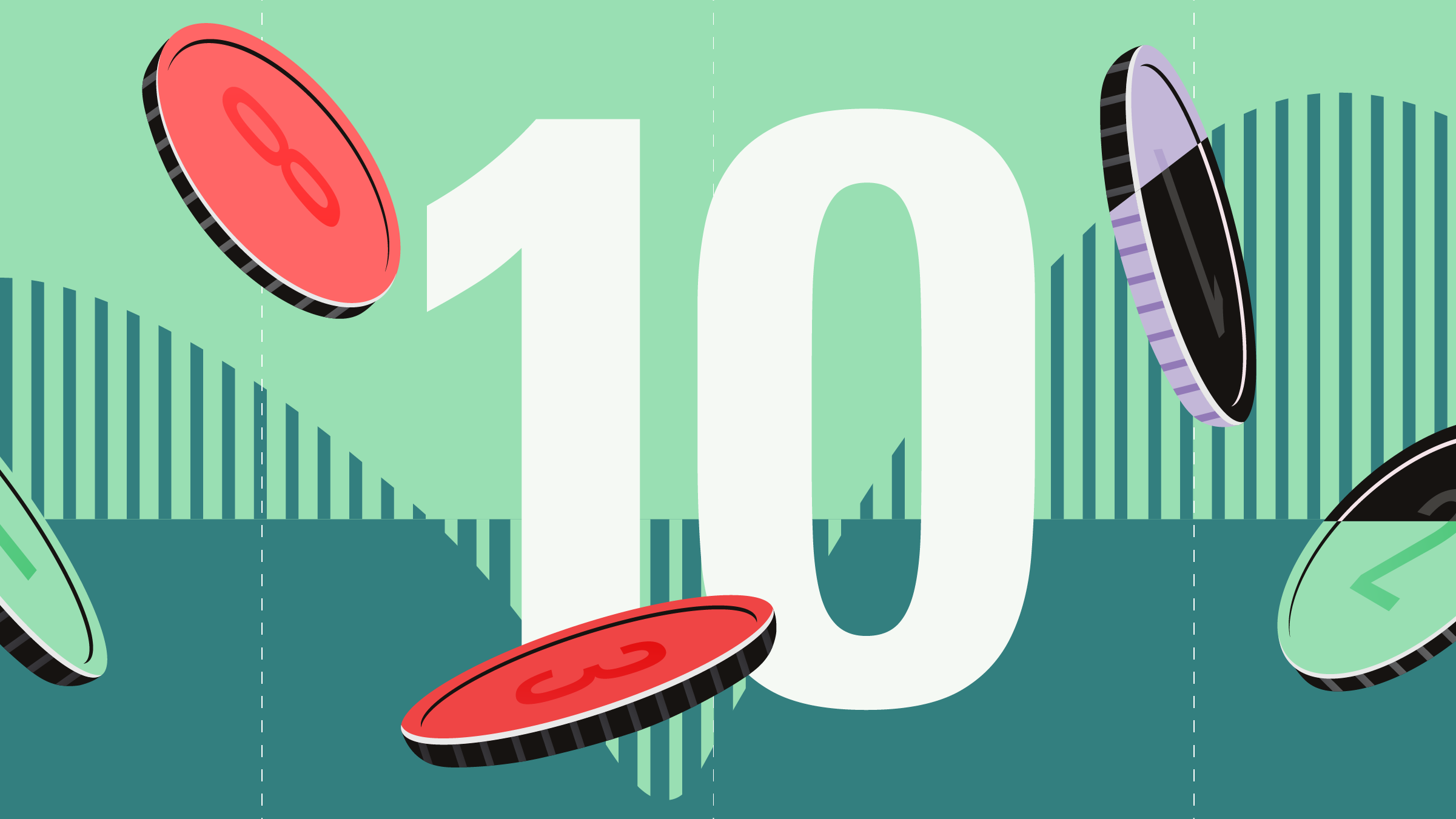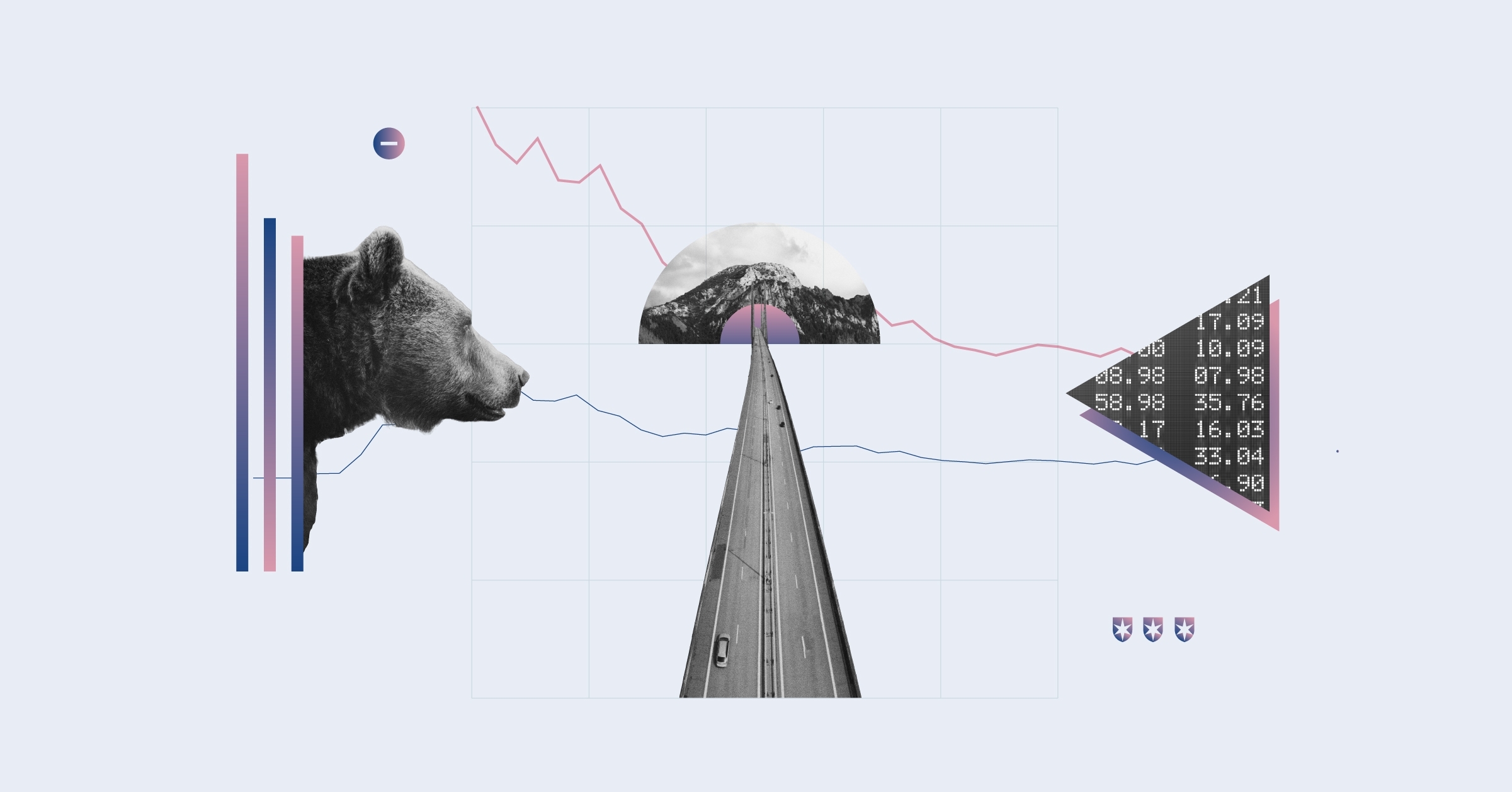Question: I'm building a retirement portfolio for myself using index funds. Once I've decided which type of fund I want, aren't they all pretty much the same?
Answer: The choice to use index funds rather than actively managed funds is a significant one, to be sure. And while actively managed funds may come in more varieties in terms of fund characteristics, strategies, and so on, index funds also have their differences, though some are more obvious than others.
Cost Still Counts
Among the biggest differences with index funds is the fees they charge. Funds that are otherwise virtually identical--meaning they track the same index--can nonetheless produce different returns based on their fees. That's because fund fees are deducted from fund returns. So assuming two identical portfolios, the fund with the lower fees, and therefore the smaller bite taken out of returns, will tend to deliver a higher total return to shareholders. (Index funds also may lend out some of their holdings to generate income for the fund and thereby lower their total fees, but with it comes also counterparty risk)
To illustrate, let's look at funds that track one of the most widely used of all indices, the FTSE All Share. Morningstar's database includes nearly 30 different mutual funds that track this benchmark (not including the few exchange-traded funds that do so), with expense ratios that run the gamut. The cheapest of these FTSE All Share trackers is Fidelity Index UK. Fidelity recently launched a series of ultra low-cost share classes. One, which is exclusively available via Fidelity platforms, charges 0.07% per year, while another share class made available via other platforms charges 0.09% p.a. Towards the other end of the spectrum are funds such as Halifax UK FTSE All Share Index Tracker, which charges 1%--more than 11 times what the cheapest funds charge! Investors should know that 1% for a product that track a simple index like the FTSE All Share is totally unjustifiable and we would encourage anyone holding it to consider switching it to cheaper alternatives.
The Challenges of Tracking an Index
Although expense ratio is usually by far the most significant difference among funds tracking the same index, there may be others as well. Among these is the extent to which the fund tracks its index. For example, the managers of a fund tracking a small-cap index that includes micro-caps--stocks of very small companies that can be hard to buy--may decide it's not cost-effective to try to own each and every stock in the index. Instead they may employ a technique known as optimisation or sampling, in which the portfolio is designed to mimic the performance of the hard-to-buy stocks, using similarly behaving liquid stocks in their place. Optimisation and sampling techniques can vary from fund to fund and may contribute to mis-tracking.
The fund's rebalancing method can be another source of mis-tracking. As the components and weightings of an index change over time, the fund must buy and sell holdings in an attempt to match it. Let's say a fund's optimised technique results in a slight underweighting in a handful of stocks that are in the index and that just happen to have better performance. In that case, the fund's total return may not match that of the index, and the fund will now be even more underweight in those stocks, causing tracking difference. In a sense, the fund's expense ratio itself creates a form of tracking difference because fees are deducted from returns.
How can you tell if mis-tracking is at play with your fund? One way is to check the tracking error of the fund, i.e. how volatile the fund’s excess returns are relative to the index. If the tracking error is high--say, 40 basis points or more--inefficient management may be to blame. However, tracking error isn't necessarily a bad thing. In fact, index funds with high tracking error may outperform those with low tracking error. Also, some indices are simply more difficult to track than others.
Another way to assess the tracking quality of your fund is to check its annual tracking differences. The gap between the fund’s annual returns versus the index’s should be close to the fund's expense ratio. If tracking difference is considerably wider, further research may be needed to understand why.
Subtle Index Differences
Another issue to keep in mind when comparing index funds within the same category is that they may not track the same index. For example, some US equity funds track the S&P 500; however, L&G US Index tracks the FTSE USA Index. Given its larger number of constituents (600 vs. 500), the FTSE USA Index is slightly more diversified, with more mid-cap exposure. And as a result, the funds that track the FTSE USA Index will behave slightly differently from those that track the S&P 500, depending on the market environment.
These differences can get even more complex when dealing with funds that track indices with value or growth tilts. That's because even though blended benchmarks typically include or exclude companies based on their market caps, indices that focus exclusively on value or growth stocks typically apply their own proprietary screens based on variables such as company fundamentals and stock price. A company that qualifies for one value-oriented index may not qualify for another. Consequently, value- or growth-oriented index funds may have portfolios that vary from one another to a greater extent than one might find among index funds tracking a blended benchmark, especially one that includes highly liquid stocks.
Index funds tend to be rather straightforward, easy-to-own, and cost-effective investment vehicles. By educating yourself about how they differ from one another, you can help make sure they perform as expected.





























